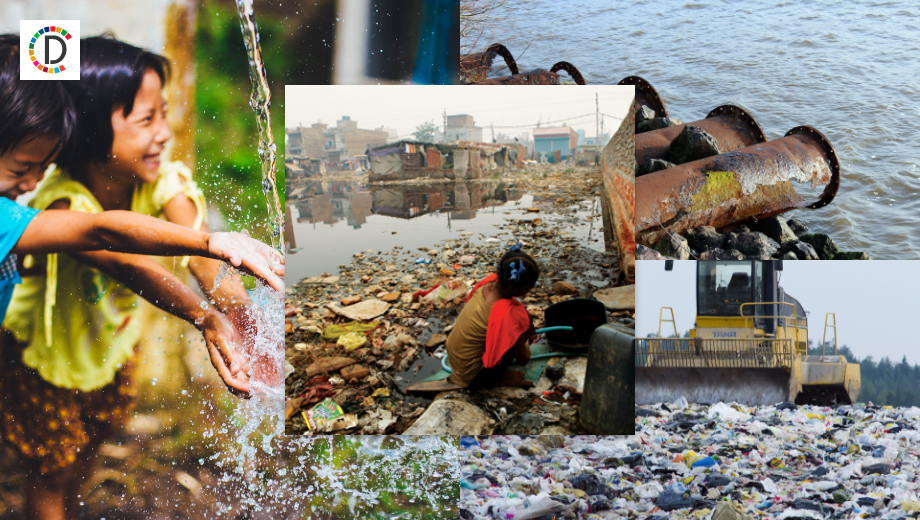Bacterial Breakthroughs: Revolutionizing Art Restoration with Microbiology
Spanish microbiologist Pilar Bosch has harnessed bacteria to significantly improve art restoration techniques. Collaborating with her mother, an experienced artist-restorer, the duo is leading a €4-million project to restore 18th-century paintings in Valencia. Bosch's bacteria-enzyme method removes stubborn glue without damaging the artwork, a technique also applied in Italy and Spain.

VALENCIA, Sept 27 (Reuters) - In 2008, Spanish microbiologist Pilar Bosch discovered a novel method to use bacteria in art restoration, intersecting her field with her mother's expertise. Nearly 15 years later, the mother-daughter duo has embarked on a €4-million project, funded by local foundations, to restore 18th-century paintings in Valencia.
While Bosch's mother, Pilar Roig, struggled to remove stubborn glue remnants from frescoes in Santos Juanes church, Bosch's research found that bacteria can be trained to produce enzymes that naturally degrade the glue. This breakthrough has transformed traditional restoration methods, making the process more efficient and less damaging to the artwork.
By mixing the bacteria with a natural algae-based gel, they can clean the paintings entirely within three hours. Bosch has also implemented this method in restoration projects across Italy and Spain. Now, she is exploring new applications of bacterial enzymes to combat graffiti.
(With inputs from agencies.)










